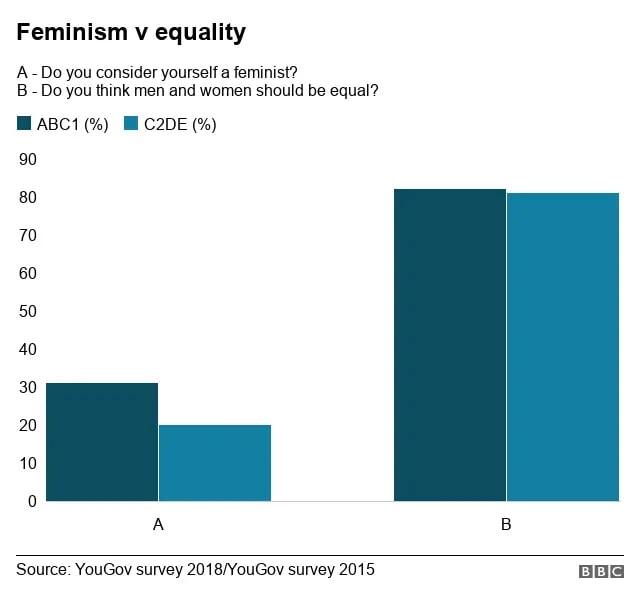This is the season that cookie real estate values are booming. The month of December is full of new gingerbread listings on the market. Some properties range from ginger-shacks to ginger-mansions with a full-sized chocolate lap pool. The style of the estates is all determined by the architect’s vision: colorful chimneys, pretzel shingles, gum drop wall sconces, or even candy cane framed windows.
The history of Gingerbread houses dates way back. According to Rhonda Massingham Hart’s Making Gingerbread Houses, the first known recipe for gingerbread came from Greece in 2400 BC. Chinese recipes were developed during the 10th century and by the late Middle Ages, Europeans had their own version of gingerbread. The hard cookies are sometimes decorated with gold leaves and shaped like animals, kings, and queens. They were a staple at Medieval fairs in England, France, Holland and Germany.
Queen Elizabeth I is credited with the idea of decorating the cookies in this fashion after she had some made to resemble the dignitaries visiting her court. Over time some of these festivals came to be known as Gingerbread Fairs, and the gingerbread cookies served there were known as the iconic treat. The shapes of the gingerbread changed with the season, like flowers in the spring and birds in the fall. Elaborately decorated gingerbread became associated with all things fancy and elegant in England. The carved, white architectural details found on many colonial American seaside homes is sometimes referred to as “gingerbread work”. Similar to the classic Victorian-style houses.
However, Gingerbread houses originated in Germany during the 16th century. The elaborate cookie-walled houses, decorated with foil in addition to gold leaf, became associated with Christmas tradition. Their popularity rose when the Brothers Grimm wrote the story of Hansel and Gretel. In the famous story, the main characters stumble upon a house made entirely of treats deep in the forest.
Over the past several centuries the art of gingerbread houses has evolved into a more competitive activity. A range from friendly competition for world records to deadly competition amongst siblings.
According to the Guinness World Record, the record for world’s largest gingerbread house was broken. The previous record was set by the Mall of America in 2006. The new winning gingerbread house, spanning nearly 40,000 cubic feet, was constructed at Traditions Golf Club in Bryan, Texas. The house required a building permit and was built like a traditional home. However, the carpentry was more spirited and delicious. 4,000 gingerbread bricks were used during its construction. To put that in perspective, a recipe for a house this size would include 1,800 pounds of butter and 1,080 ounces of ground ginger.
On a more local level, Your typical DIY gingerbread house kit purchased at a supermarket usually produces a modest gingerbread shack. Two of Colorado’s premier resorts, the St. Regis in Aspen and the Broadmoor in Colorado Springs are not messing around when it comes to gingerbread. They take the traditional gingerbread house to a whole new level of holiday spirit.
The Broadmoor is celebrating the holiday season with a 50-square-foot chateaux-themed gingerbread house. Trade in traditional playhouses for a gingerbread house that children can play inside, an upgrade of the century.
In Aspen, the St. Regis annually creates an entire replica of the hotel made out of gingerbread. The one-hundred-pound masterpiece is typically revealed on Thanksgiving Day. In the past it has been two feet tall, stretching 12 feet long, and took more than 250 hours for the pastry team to construct. The gingerbread “resort” remains on display in the hotel’s lobby throughout the festive season.
Here is your disclaimer: your gingerbread house does not need an entire farm of butter and sugar to be perfect. The secret to a good gingerbread house lies in the materials used to decorate it. The candy for the gingerbread house makes them what they are. It is best to use a variety of candy and colors when decorating. On that note, here are some ideas…
M&MS AND MINI M&MS
In holiday colors (of course) M&Ms are perfect for creating patterns and designs on any part of the gingerbread house. They are especially perfect for covering up seams or lining edges.
MIKE & IKES
Mike & Ike’s can be used as lights, or on roofs or along seams. It will give the look of a classic Clark Griswold house from Christmas Vacation. The gingerbread neighborhood will love you. The more the better, go big or go home, trust me.
MINI CANDY CANES
A classic gingerbread house staple. Are you even a real gingerbread architect if you don’t use mini candy canes for your gingerbread house? Or to give your gingerbread bachelor some wheels, two candy canes can be used to make little sleighs, a “gingerarri”. Or for more of a lovey dovey winter gingerbread honey moon you can lean two together to make a cute heart shape.
GUMDROPS
Gumdrops. A classic addition. Centuries of gingerbread architecture have included them. Buddy Elf has seen them in their natural habitat when he, “passed through the seven levels of the candy cane forest, through the sea of swirly-twirly gumdrops, and then walked through the Lincoln Tunnel.” They are perfect for lining up at the peak of the roof, or arranging around the base of the house.
LIFESAVERS
Green Lifesavers are perfect for wreaths. Add a red mini M&M for a makeshift “bow” on top and you’re all set.
PULL N PEEL TWIZZLERS
These flexible skinny ropes are great for making bows! Acting just like rope you can tie them in knots and wrap up your house like a present. They are also awesome for outlining windows or hiding seams.
NERDS
Sometimes you need tiny pieces of candy for gingerbread house decoration, and Nerds are a great choice. They may be hard to work with, but with the right dedication your gingerbread house will look like it belongs in the high-rent district. They work great as little ornaments on trees, or even as tiny lights.
STARBURST
The universal candy that can transition between holidays. Time to reuse the candy from your trick or treating and slap them onto your gingerbread house. Starburst is like candy clay, it can be flattened and shaped into any size or shape.


















